Birmingham is the UK’s second most populous city, renowned for its industrial heritage, diverse culture, and world-class malls, dining, and canals. With a population of over 1.1 million.
Birmingham, England is the perfect destination for tourists looking to get a real feel of history and culture. This bustling metropolis has plenty to offer its visitors – from top-notch museums and galleries to some of the best parks and green spaces in Britain. On top of that, guests will be able to explore a world-class culinary scene full of diverse flavors from all corners of the globe.
Birmingham also houses an exciting nightlife with clubs, bars, and theaters offering great entertainment for everyone’s pleasure. With all this on offer plus an array of affordable hotels and transportation options, why wouldn’t you want to take a trip to this amazing destination?
Content
- Canals of Birmingham
- "Five Ways" in Birmingham
- 3 Top Historic Sites in Birmingham
- Birmingham’s Jewellery Quarter
- Birmingham Parks
- J.R.R. Tolkien Inspired by Birmingham
- 7 Fun Facts About Birmingham: Did you Know …
- Transportation Options in Birmingham
Canals of Birmingham
Throughout its history, Birmingham has played an important role in the country’s industrial development. Thanks to its canals, Birmingham has become one of the most famous cities in the world. Because of this, it’s essential to understand how canals helped Birmingham become famous.
- The first canals were built to help Birmingham’s economy by transporting goods. At that time, the city was known as Brum- mana- dum- bumph, or ‘the city of brims and gables.’ The name is a reference to the projecting wooden gable ends on many of the city’s buildings. These gables allowed water to flow off the roof without causing serious damage. In 1779, a cholera epidemic caused many people to relocate from Brum to other parts of England. This led to an increase in real estate prices and a decrease in available jobs. To help solve these problems, wealthy businessmen decided to build canals for transport and drainage.
- In addition to moving goods, canal engineers designed many useful structures. Engineers built towpaths so that canal boats could move without getting stuck in the mud. They also planned out wharf locations so that goods could be easily unloaded. Many wharf buildings remain from the Victorian era; these days they’re used by tourists looking for a glimpse into how canal life was back then. When the canals opened for business in 1781, they were an instant hit with both residents and tourists alike.
- Canals are still very important to Birmingham’s history today. Although industrial growth has slowed down in recent decades, Brum remains an economic powerhouse. The city still attracts tourism thanks to its famous canals and engineering heritage. In addition to offering a glimpse into Victorian life, canals in this city have provided recreation for children for generations of Birminghamians. Today, these same canals help local farmers bring their produce closer to market.
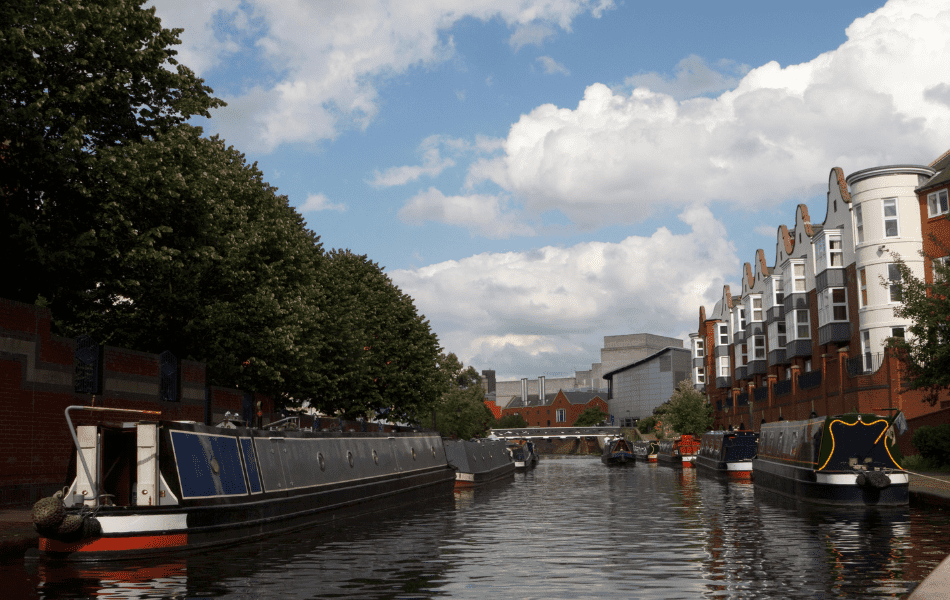
Spanning a total of 35 miles, the city’s network of mostly 19th-century locks, tunnels, and aqueducts crisscross through the heart of England’s second-largest urban area. Popularly known as Birmingham’s “Venice”, these winding waterways provide an unforgettable contrast to the hustle and bustle of city life. Visitors can either take a leisurely cruise on one of several cruises or simply enjoy serene views from the many riverside bars located along them.
“Five Ways” in Birmingham

Five Ways is a famous public space in the northern part of the city of Birmingham, England. The name Five Ways refers to the roadways that lead to this park from various directions. These ways meet in the center of Five Ways, forming an archway. This is Magic Bridge and it has become one of the most popular sites in Birmingham. It’s also a symbol of Birmingham culture as a whole.
Five Ways is known for its vibrant atmosphere and many attractions, making it a great place to visit and explore. The area is composed of five roads that intersect in the middle, giving the intersection its distinct name. This is a popular spot for shopping, dining, and entertainment, as there are numerous stores, restaurants, and pubs located around the area. Visitors can find a variety of different cuisines, from traditional British fare to international cuisine.
Additionally, there are many art galleries and museums in the vicinity, providing an interesting cultural experience. The area is also home to several landmarks, including St. Philip’s Cathedral, The Birmingham Repertory Theatre, and The Library of Birmingham. These attractions make Five Ways an ideal spot for sightseeing and exploring the city. Five Ways is also a great place for outdoor activities. Several parks and green spaces are situated in and around the area.
3 Top Historic Sites in Birmingham
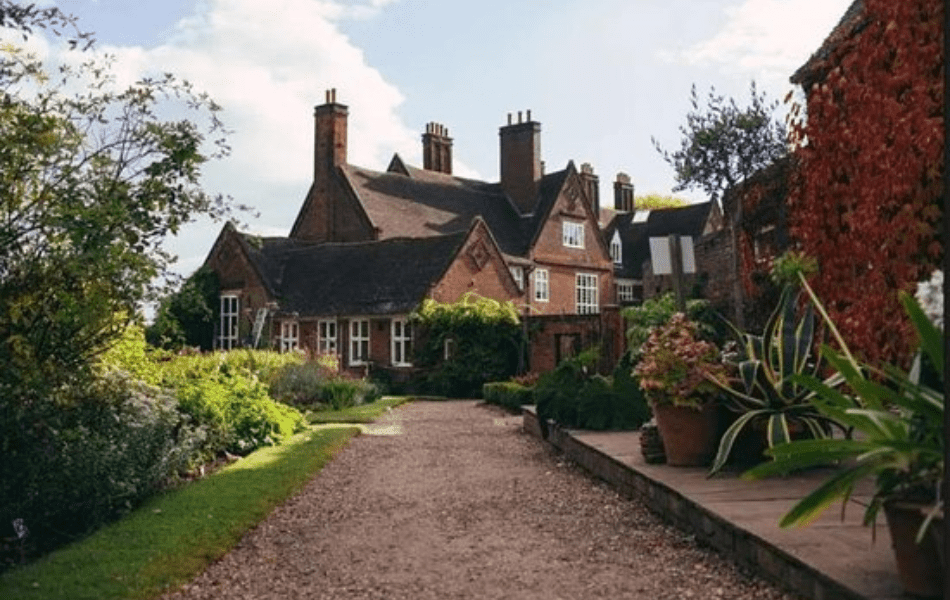
1. Winterbourne House and Garden
Winterbourne House and Garden is an oasis of tranquillity nestled in the heart of Birmingham.
The Grade II listed house, built in 1895 for local industrialist John Nettlefold, has been carefully preserved and restored to its former glory with original Arts & Crafts features intact.
Surrounding the Victorian building is seven acres of beautiful botanical gardens, offering visitors a peaceful escape from the hustle and bustle of city life.
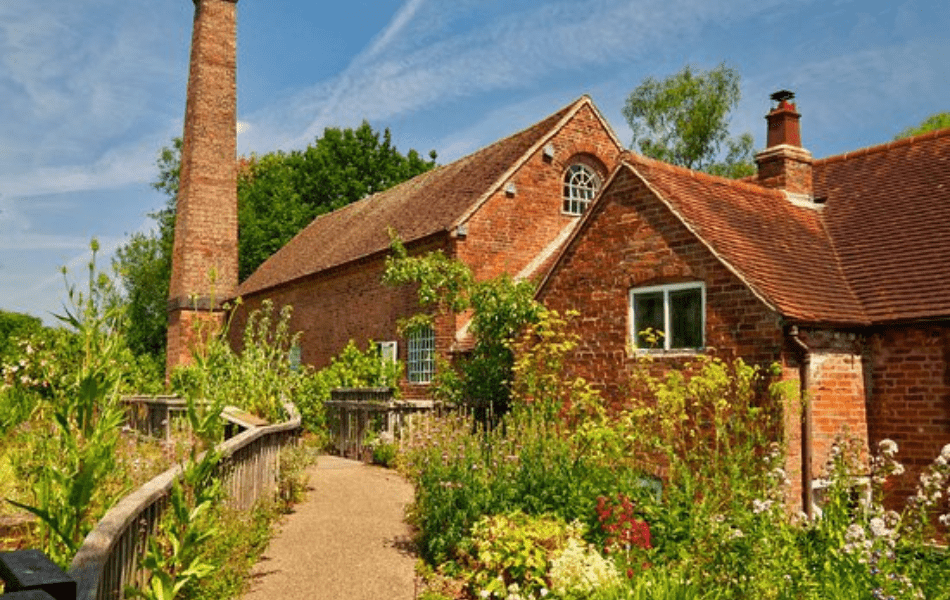
2. Sarehole Mill
Dating back to at least 1542, the mill is full of charm and historical importance. Having been used for corn milling since its construction, as well as a forge at certain points, the building has a much-loved place in the local community and beyond. Notoriously, it’s also historically linked to author JRR Tolkien who visited and was inspired by Sarehole Mill during his holidays here as a child – even incorporating elements of it into ‘The Hobbit’ despite living 6 miles away! Today, it serves as an educational museum with features including machinery displays & exhibits within the original roundhouse structure, still keeping that nostalgic past alive.
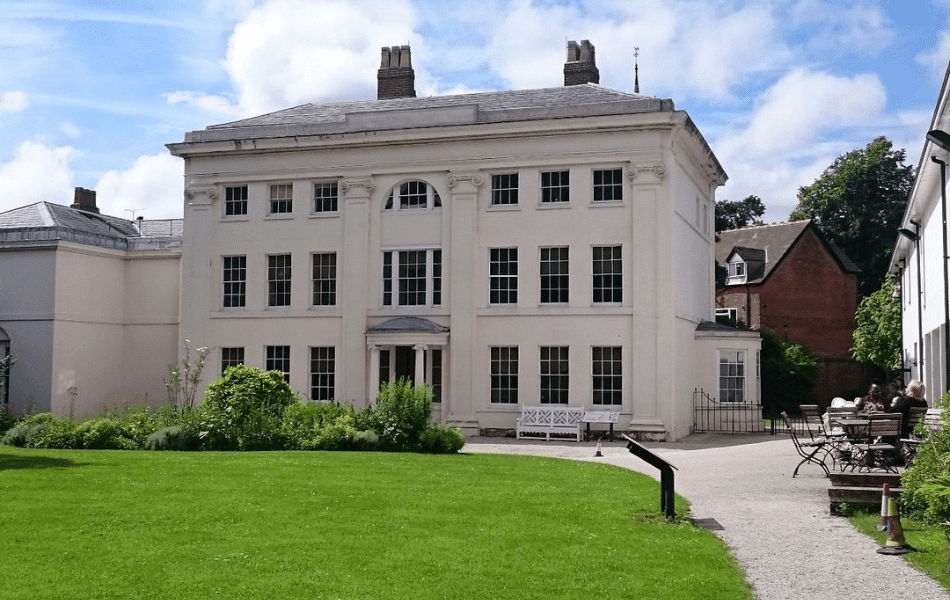
3. Soho House
Soho House in Birmingham is a historic building and social hub that has been a part of the city for more than two centuries. Founded in 1782 by industrialist Matthew Boulton, the house was intended to be a gentlemen’s club, providing members with both political and cultural activities. The house eventually evolved into an art gallery that showcased works from all over Europe, as well as hosted musical performances and presentations on varying topics.
Birmingham’s Jewellery Quarter
Birmingham’s Jewellery Quarter is a vibrant and historic corner of the city. For more than two centuries, it has been a hub of jewelry-making and craftsmanship, with many of the same buildings and workshops still in operation today.
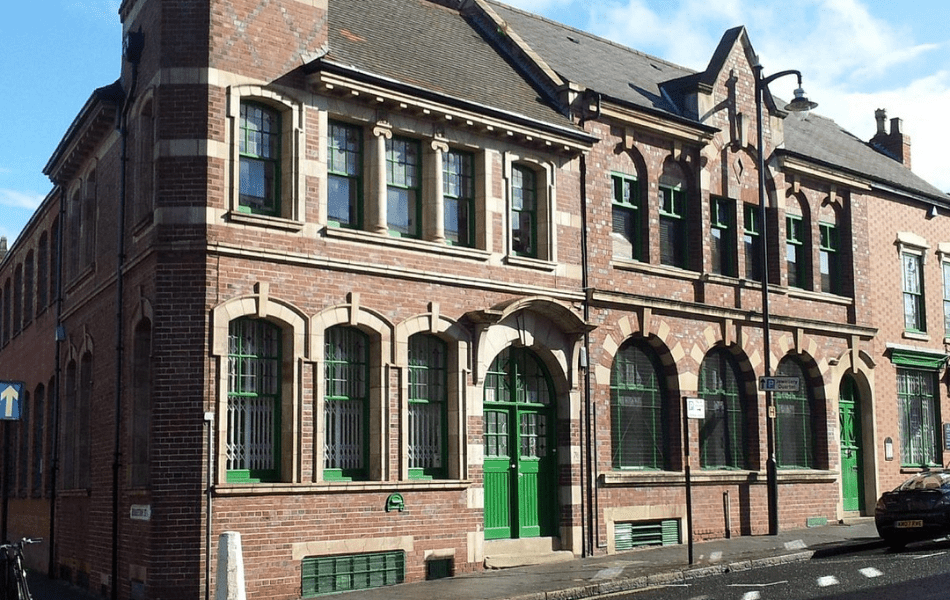
The area’s jewelry-making history dates back to the 1750s when the first arrivals of skilled craftspeople from Europe set up shop in the area. Over the following decades, the area flourished, with more and more jewelry makers joining the community. By the late 19th century, the Jewellery Quarter was home to hundreds of workshops and jewelry makers, making it one of the most important centers for jewelry-making in Europe.
One renowned name was that of the Kress family, who had been manufacturing jewelry in the quarter since the early 1800s and who had, by the late nineteenth century, become the biggest employer in the area.
Today, the Jewellery Quarter is still a thriving center of craftsmanship and artistry. Many of the original workshops and buildings remain, and the area is home to a diverse range of businesses, from traditional jewelers to modern design studios. jewelry what else can you find to visit in the Jewellery Quarter of Birmingham?
Home to other Attractions
- home to a number of bars, cafés, and restaurants, making it a popular destination for socializing and dining.
- occurrences – cultural and community events held in the area, such as street parties and music festivals.
- a number of parks and green spaces, providing a great place to relax and enjoy the outdoors.
- home to historic buildings, such as St. Paul’s Church, the Birmingham Mint, and the Pen Room.
Birmingham Parks
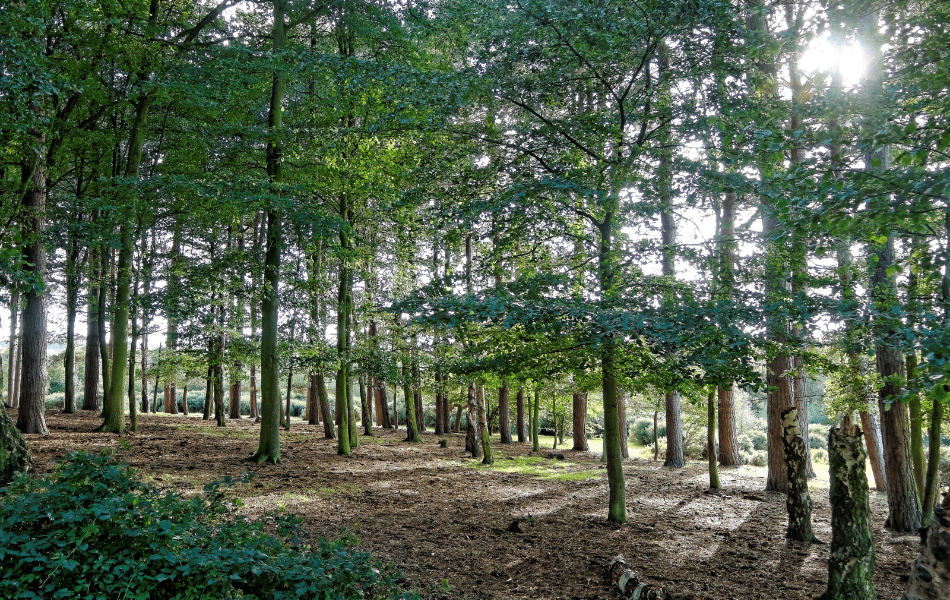
Birmingham in England is home to some of the most beautiful parks in all of Europe. With over 6,000 acres of public open spaces and 100+ parks, Birmingham is a nature lover’s paradise. Some of the most well-known parks include Sutton Park, Victoria Square Gardens, Cannon Hill Park, and Lickey Hills Country Park. Every park offers a variety of activities such as walking, hiking, cycling, boating, swimming, and more – perfect for bright days out with family and friends! For those looking to get away from it all and unwind in nature, Birmingham’s sprawling green spaces are not to be missed!
J.R.R. Tolkien Inspired by Birmingham

Birmingham, England has long been known as a source of inspiration for J.R.R. Tolkien’s famous stories, The Lord of the Rings and The Hobbit. Tolkien grew up in Birmingham, and it is clear that its unique landscape, culture, and history had an influence on the novels.
Tolkien was born in Bloemfontein, South Africa, but moved to Birmingham as a child. He was raised in the city, and it is thought that his childhood home was in the Edgbaston district. It is likely that the architecture of this area, with its mix of Victorian and Edwardian buildings, left an impression on the author.
The nearby countryside of Birmingham was also likely to have been an inspiration for Tolkien’s stories, as the rolling hills and lush forests of the region could have been the basis for the fictional lands of Middle-earth. The nearby town of Sarehole, in particular, is thought to have acted as a major source of inspiration.
In terms of culture, Birmingham has a rich tradition of folklore and mythology. This heritage was likely to have been an influence on Tolkien’s writing, and the city’s diverse population could have been a source of inspiration for the various cultures of Middle-earth.
7 Fun Facts About Birmingham: Did you Know …
- Nearly 40 percent of Birmingham’s population is under 25, therefore it is known as the youngest city in the UK.
- The world’s largest collection of Pre-Raphaelite paintings is in the Birmingham Museum and Art Gallery.
- Birmingham is home to one of the world’s oldest pubs, the Old Crown Inn, which dates back to 1368.
- Birmingham is the birthplace of Cadbury’s chocolate.
- Birmingham City Council is the largest council in Europe.
- Birmingham is home to the smallest house in the UK, which is only four feet wide.
- Birmingham was the first city in the world to have a pedestrian shopping street in 1766.
Transportation Options in Birmingham
Birmingham is an excellent hub of transportation options. The city is conveniently served by numerous public transport networks, ensuring people have convenient and affordable transport options when traveling to work, for pleasure, or for business.
Describe the Midlands Metro.
The Midlands Metro is a light rail system connecting Wolverhampton and Birmingham, with 17 stops in the city center and surrounding metropolis. The trams run from early in the morning to midnight, with increased frequency during peak periods in the morning and evening. All stops are well noted and signposted, allowing people to easily travel between destinations. The fare system is integrated with that of the West Midlands bus network, meaning a variety of tickets can be used to travel.
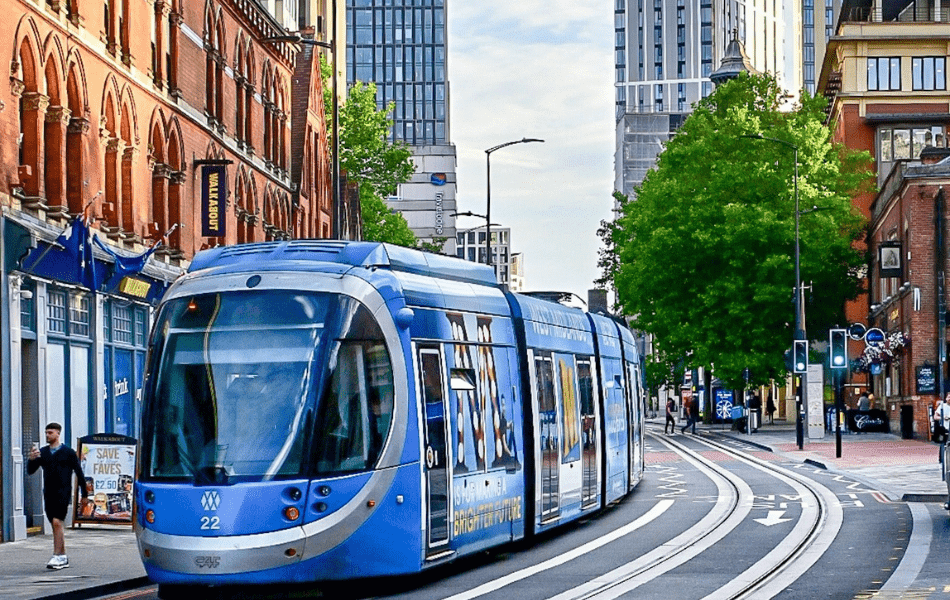
How good is the National Express West Midlands?
For more distant destinations, Birmingham is well served by a network of buses operated by National Express West Midlands. They offer services to a variety of locations within the West Midlands and beyond, including London and Leicester. There are three main bus interchanges in the city center, plus many stops located around the city. Most buses in the city are fitted with low-floor entries and ramps, making them accessible for wheelchairs and pushchairs.
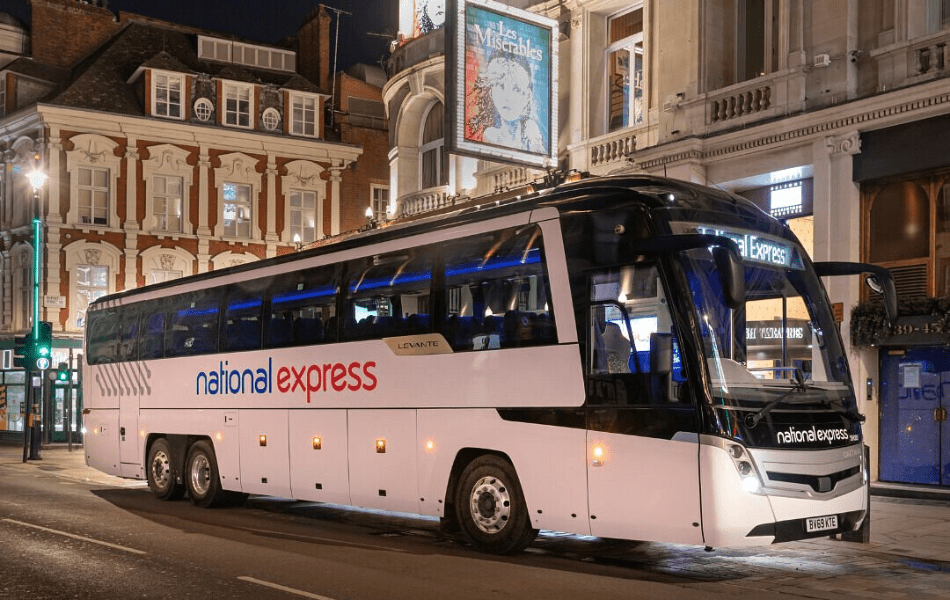
Does Birmingham have its own airport?
The city has its own Airport, Birmingham Airport, which services destinations both in the UK and internationally. It is located about 7 miles east of the city center and is well-served by the M42 motorway and other major roads. There are several public buses that depart regularly from the city center to the airport and tickets can be purchased in advance or upon arrival.
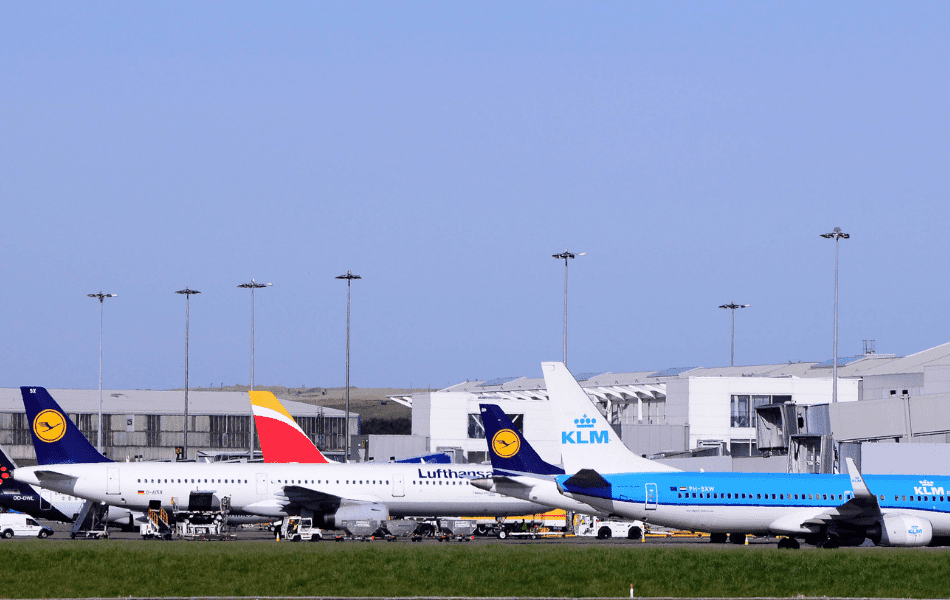
Name the Birmingham railway station and connections.
Birmingham New Street Station is the city’s main railway station and is located in the heart of the city. It is connected to the adjacent Moor Street and Snow Hill stations by underground and overground. The station offers direct services to other cities in the UK, including London, Birmingham, and Leeds, as well as links to several other cities in the Midlands. All trains are accessible, allowing those with reduced mobility to travel with ease.

Does Birmingham have cycle paths and walkways?
The city is also well served by a network of cycle paths and routes, allowing people to make use of their bicycles when traveling around the city. A range of rental options are available, and people can rent bikes for a day, a few hours, or for a longer period. This is an ideal way for visitors to explore the city, and enjoy its attractions. Read my article on The Best Cycling Touring Tips.

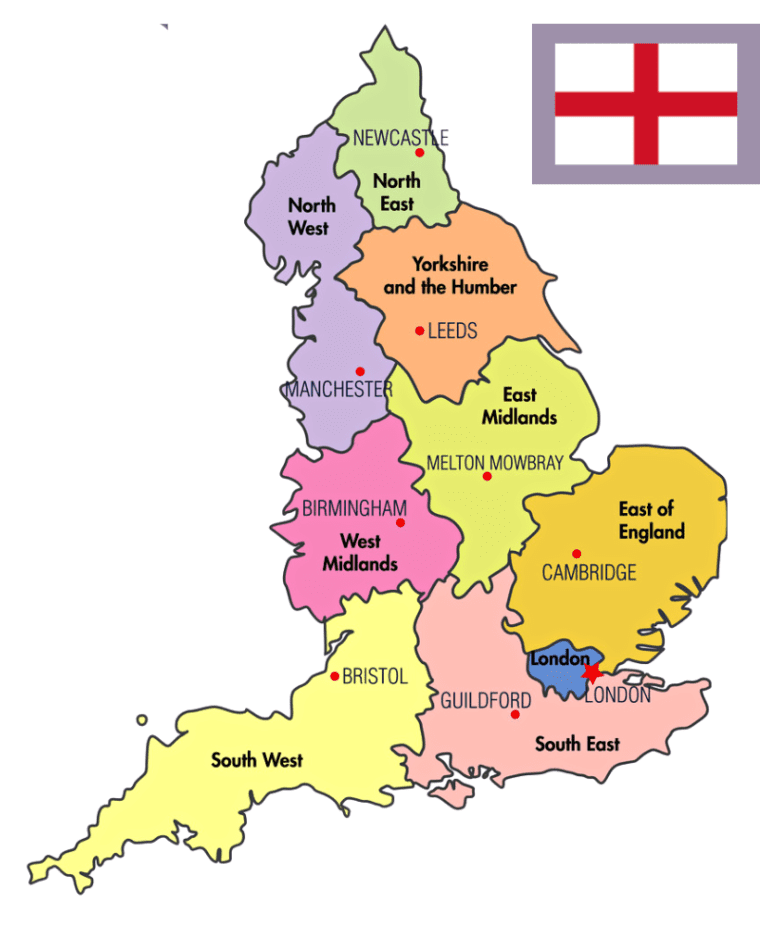
9 Different Regions
North East largest city Newcastle
North West – largest city Manchester
Yorkshire & the Humber – largest city Leeds
East Midlands – largest city Melton Mowbray
West Midlands – largest city Birmingham
South West – largest city Bristol
South East – largest city Guildford
London – London
East of England – largest city Cambridge
What a lovely city! If you have anything to add, please comment below so others can benefit.
Recent Posts
Discover insider tips to find cheap flights from the UK, save on easyJet, Ryanair & BA, and score the best weekend and last-minute deals. Why You’re Paying Too Much for Flights Most UK...
Discover the sounds of travel, from laughing kookaburras to market chatter, church bells to ocean waves - a journey heard as much as seen. It always starts with a sound. The other day, walking...

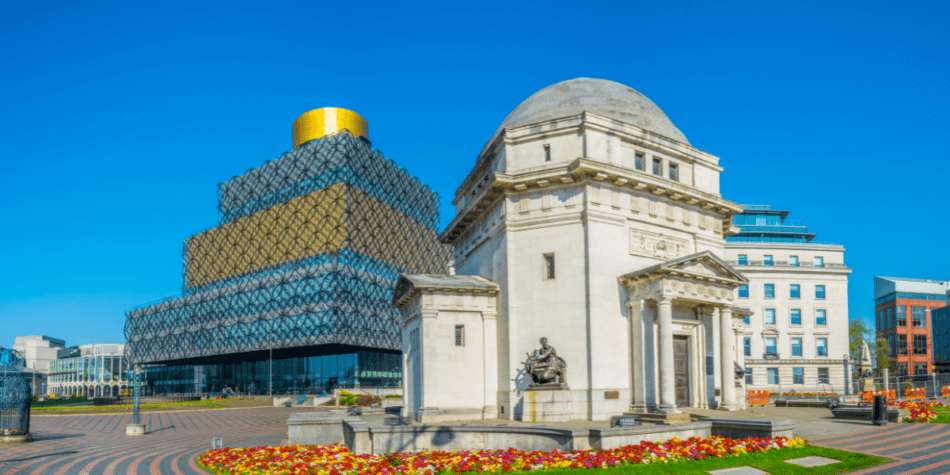
17 thoughts on “Top Birmingham Attractions”
Comments are closed.